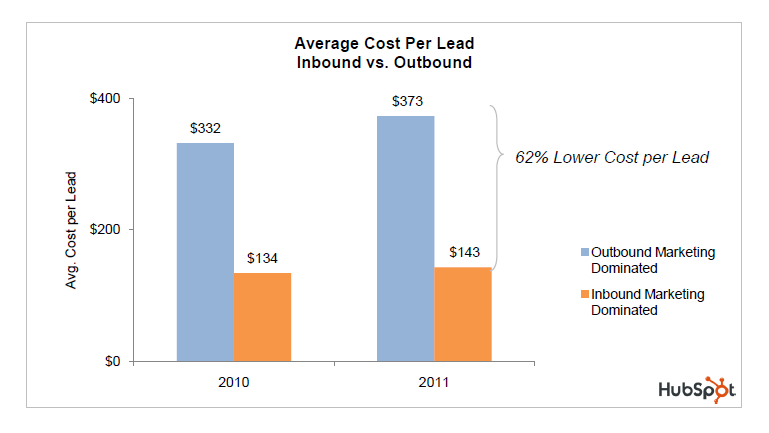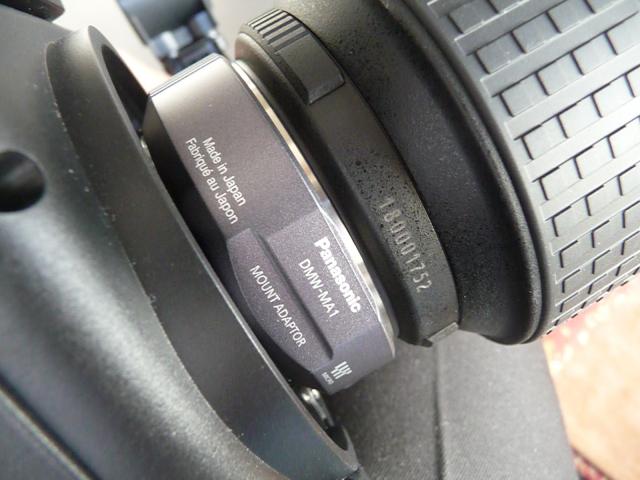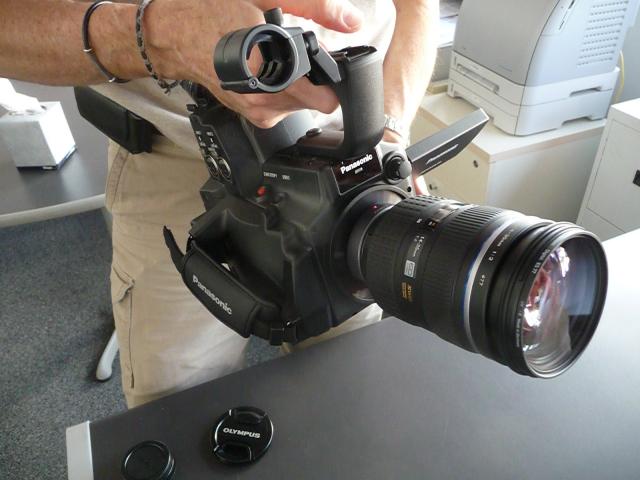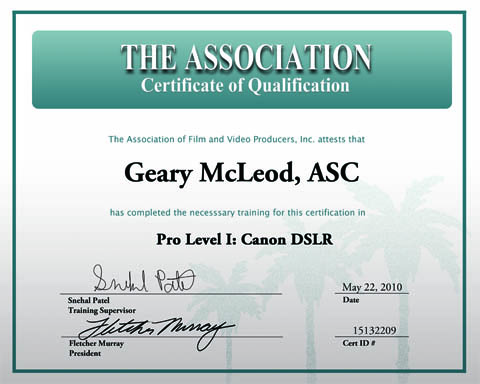Hubspot, a leader in Inbound Marketing, recently surveyed 644 companies to ascertain the state of both Traditional Media (print ads, telemarketing, tradeshows, etc.) & Inbound Marketing. As Hubspot defines it: “Inbound Marketing is a set of marketing strategies and techniques focused on pulling relevant prospects and customers towards a business and it’s products.”
This is part 1 of a 13 part series of blog posts that share bite-size portions of Hubspot’s overall report, “The 2011 State of Inbound Marketing.” If you’d like a full copy of the report, feel free to contact me by clicking here or search for the report by name on Google.

I’m fairly certain that all my clients are going to be happy about this slide! What business owner wouldn’t be happy to hear that the hours they are investing into their corporate social media campaign is going to cost them 62% less per lead?
One of the more interesting points of the Hubspot report was the consistency of the results over the past two years. Their 2010 survey showed a 60% lower cost per lead compared to traditional media. I suppose some may figure they should throw out all their traditional media efforts, and focus more on long tail keyword research. Well, before you cross direct response TV Ads or postcards off the list, keep in mind these tools can effectively create awareness. When you have a new product, service, location, etc, creating awareness is very important.
Where Inbound Marketing comes in is the prospects who are searching online for your services. So, sad but true, you’re best off investing in both categories. At least for now. The good news is you should be able to reduce the cost of traditional efforts by using Inbound Marketing effectively.
Click this button to Connect

Interested in learning more about how The Association can help you implement enterprise social media and Inbound Marketing? Visit my resources blog for helpful videos or fill out a request form here.



 Note:
Note: 

